South Florida: Entrepreneurial Epicenter
JLL’s Matthew Cheezem discusses the region's office markets and sheds light on unfolding trends.
Healthy market fundamentals, such as steady job growth, a tax-friendly business environment and highly educated tenant pool, continue to drive demand for office space in South Florida. The region has slowly become an entrepreneurial epicenter, underscoring demand for flexible office, further attracting tenants and investors to the area.
Miami’s office sector is underpinned by a diversifying economy and a wave of company expansions and relocations from the Northeast. West Palm Beach is also benefiting from the trend. Some 70 financial services firms have moved from New York City to the metro over the past three years, according to the Palm Beach County Business Development Board. Meanwhile, tech companies priced out of Miami are looking to invest in Fort Lauderdale.
In the interview below, JLL Managing Director Matthew Cheezem, based in the firm’s Miami office, comments on the particularities and trends in the region’s office sector.
What shaped the South Florida office sector in recent years?
Cheezem: A big factor that has helped shape South Florida’s office sector in recent years has been the emergence of new live-work-play type of neighborhoods that now have appealing office developments. Examples include Wynwood, Midtown and Design District. Also, the revitalization of historical and established neighborhoods like Coconut Grove, Coral Gables and Aventura with new retail, residential and office product is increasing and diversifying the office space options available. Lastly, continued urbanization and transformation of our core central business districts into 24/7 work-live-play hubs have redefined traditional monikers and made South Florida a more attractive destination for business.
READ ALSO: Miami’s Regatta Harbour: Old Meets New
All three counties continue to grow in population, public and private infrastructure. In Broward, we are seeing a very similar outcome with more than 600,000 square feet of new office product under development across multiple submarkets. In the West Palm Beach market, there are two new office developments underway in the downtown area, including 360 Rosemary, with more than 250,000 square feet of office space, and the One West Palm, with more than 200,000 square feet of class A office space.
Additionally, the tri-county area, comprised of Miami-Dade, Broward and Palm Beach, is more connected than ever before through the Brightline express train service, which is creating more convenient and efficient connectivity, benefitting both employers and their workforce.
 Tell us about the hottest South Florida office markets in 2020. What cities are on the list and why?
Tell us about the hottest South Florida office markets in 2020. What cities are on the list and why?
Cheezem: Doral is a community that is expanding and making significant investments in improving its quality of life. As a result, it has become a more desirable option for employers. Five-plus years ago, Doral was simply known as a back-office market and was primarily home to industrial uses and the Doral resort.
In recent years, the growing city has welcomed new retail, entertainment and office developments that are making it a more attractive option for those seeking a community that offers a live-work-play lifestyle. The addition of mixed-use developments that are home to residences, restaurants and stores allow residents and workers to access the services they need without having to commute in and out of Doral.
This is driving office demand with more than 200,000 square feet of office space under development in Doral. Other neighborhoods, such as Coral Gables, Coconut Grove and Aventura in Miami-Dade and Miramar, Pembroke Pines and Plantation in Broward, are seeing a rise in similar mixed-use developments. The investments being made across these neighborhoods will create more diverse office options for tenants evaluating the best place to recruit and retain top-tier talent.
Name the biggest challenges heading our way in the next 12 months. What should we expect in the office sector?
Cheezem: Currently, we have 1.9 million square feet of office space in the pipeline across Miami-Dade’s office market. As these projects get delivered, we may experience a flight to quality from the legacy buildings and employers that may consider a different market/submarket altogether, that wasn’t established in years past. Overall, the new supply will eventually put downward pressure on the office market as supply/demand fundamentals and headlines in our macro-economy continue to evolve, but the million-dollar question is when will that occur and how much more runway do we have left in this cycle?
What do you think the South Florida office sector is lacking now and/or has in excess?
Cheezem: Miami is becoming a more prominent office market and most of the projects underway are trophy-style assets that are pushing the historical economic ceilings. We are beginning to see a lack of what most back-office employers would consider “value play”-type of options that can provide an acceptable location and safe environment at an affordable price point.
How can office property owners prepare for a possible downturn?
Cheezem: Property owners should focus on investing in renovations that will make the office space more convenient, appealing and ultimately competitive. It is commonplace for most buildings to include amenities such as conference centers, gyms and outdoor terraces for shared use among tenants.
Office-using companies are increasingly relocating from Northeastern metros to South Florida, particularly because of tax law changes. How is this impacting the office sector in Florida and what are your expectations regarding this trend in the year ahead?
Cheezem: It’s been a positive benchmark to see new-to-market absorption from Northeast metro areas and other parts of the U.S., particularly in the financial sector with more family offices, hedge funds and private equity opening planting flags across South Florida. As we look ahead, it will be interesting to see if a player does it in scale and makes a bold move by relocating its headquarters or a large team here. If a Northeastern-based business makes that move, it could certainly turn into a springboard for material growth for our region’s office market and will have a significant economic impact over the long term.
We are better equipped to see this happen today than we have ever been before, from improvements to our infrastructure, our favorable tax climate, diversity in neighborhoods with attractive live-work-play settings and our strategic location as a gateway to Latin America. These are all attributes that will continue to keep our region front and center.


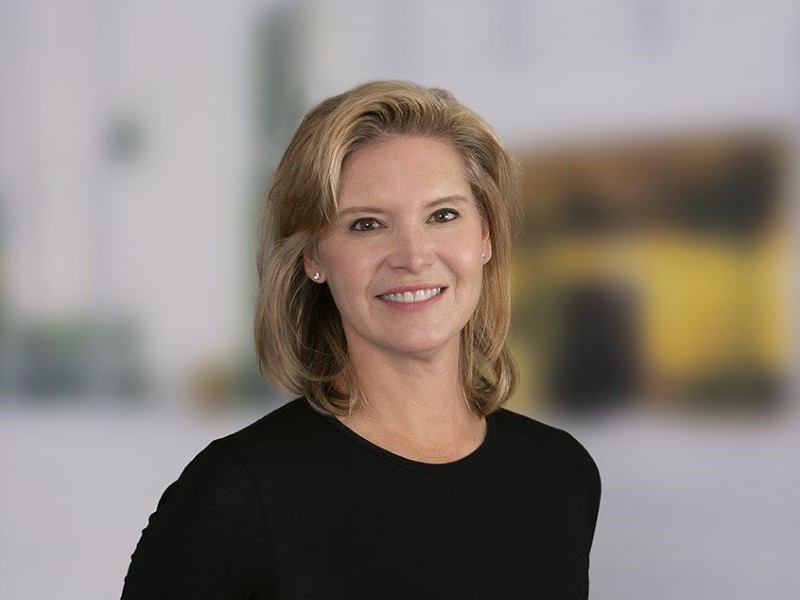
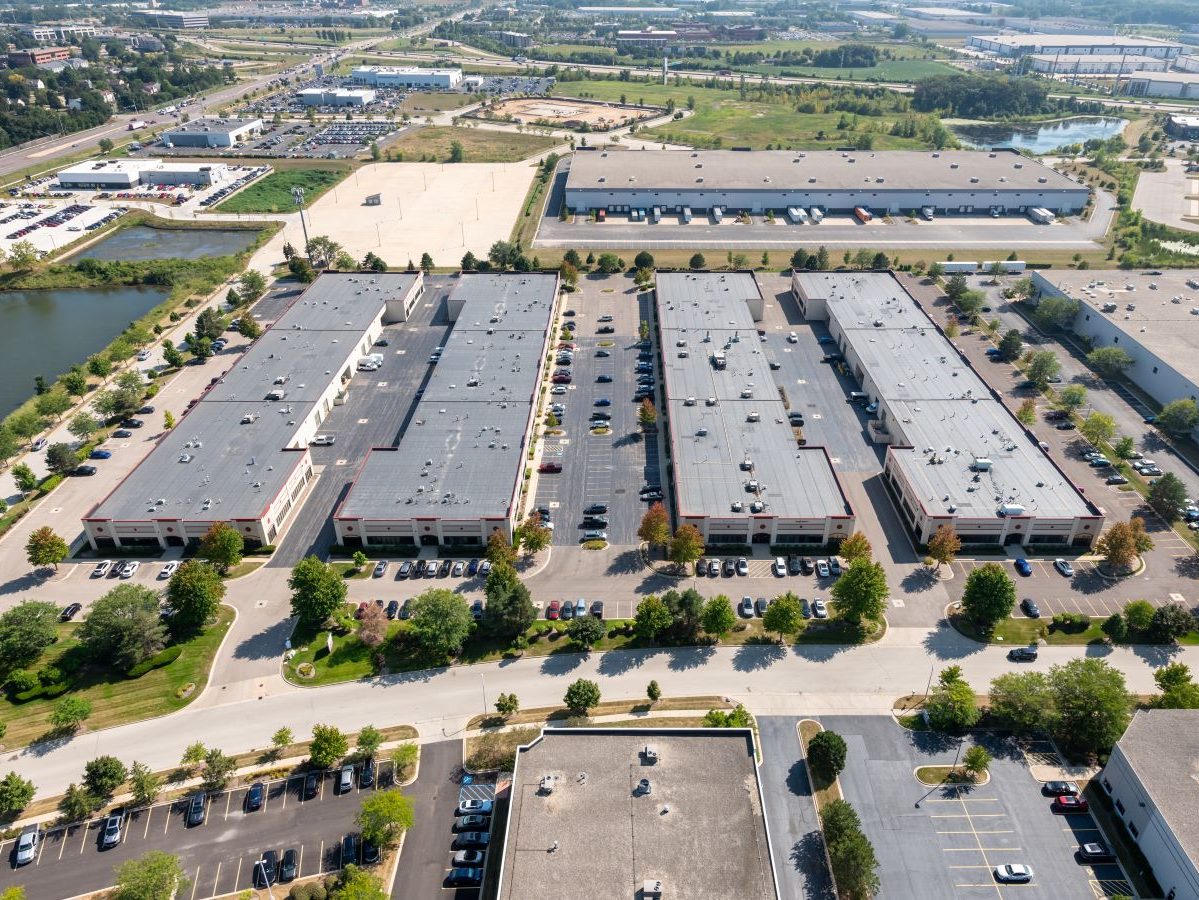
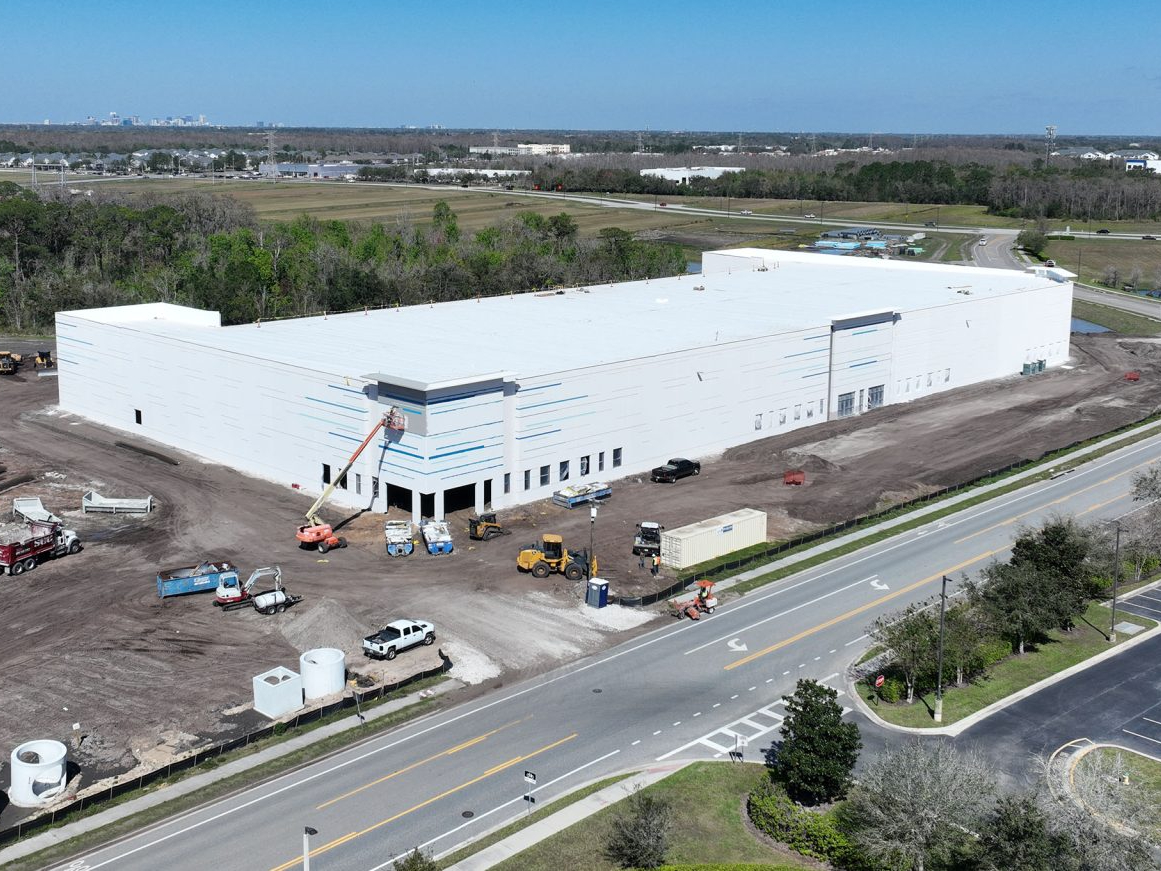
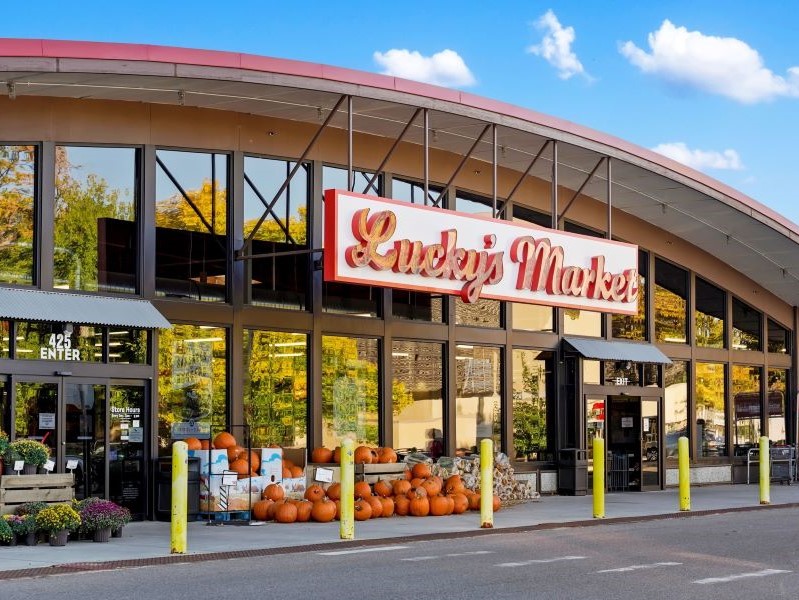
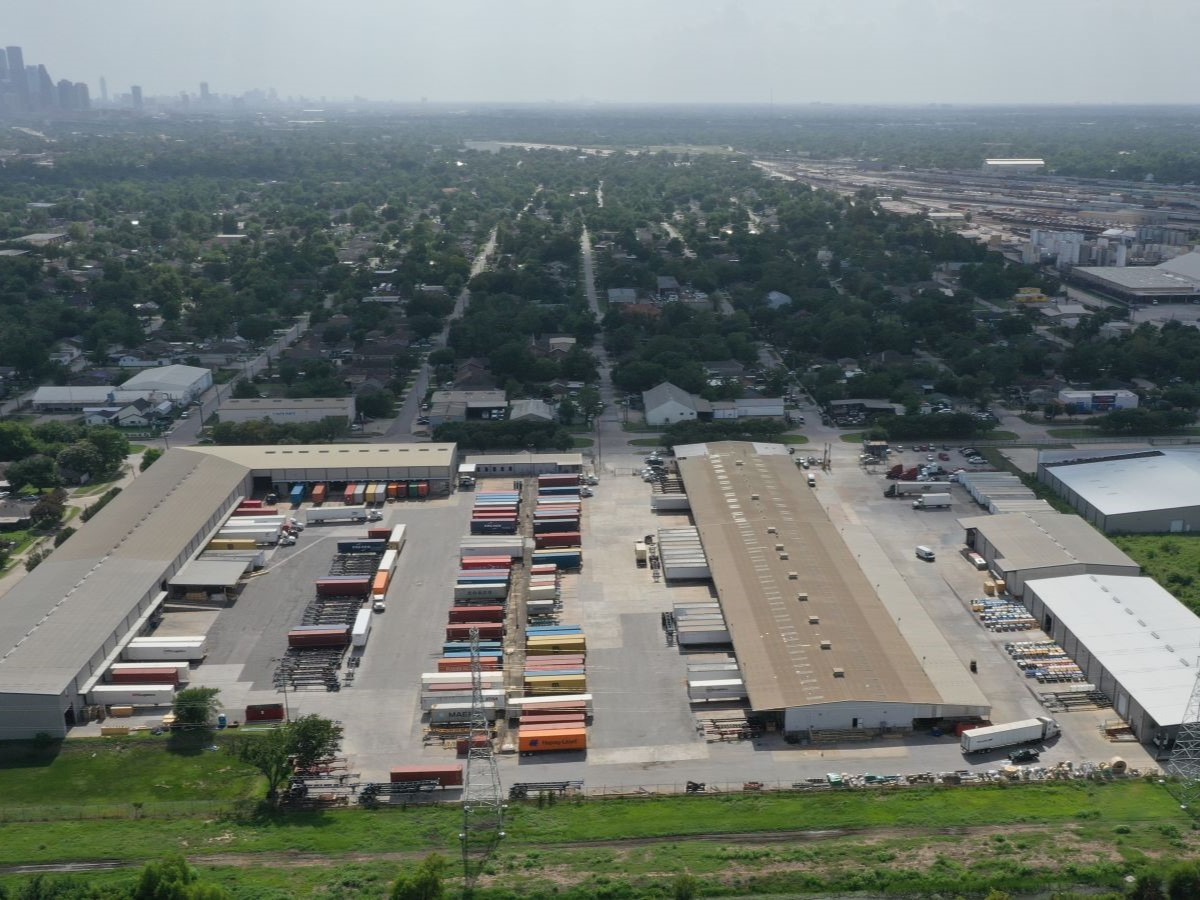
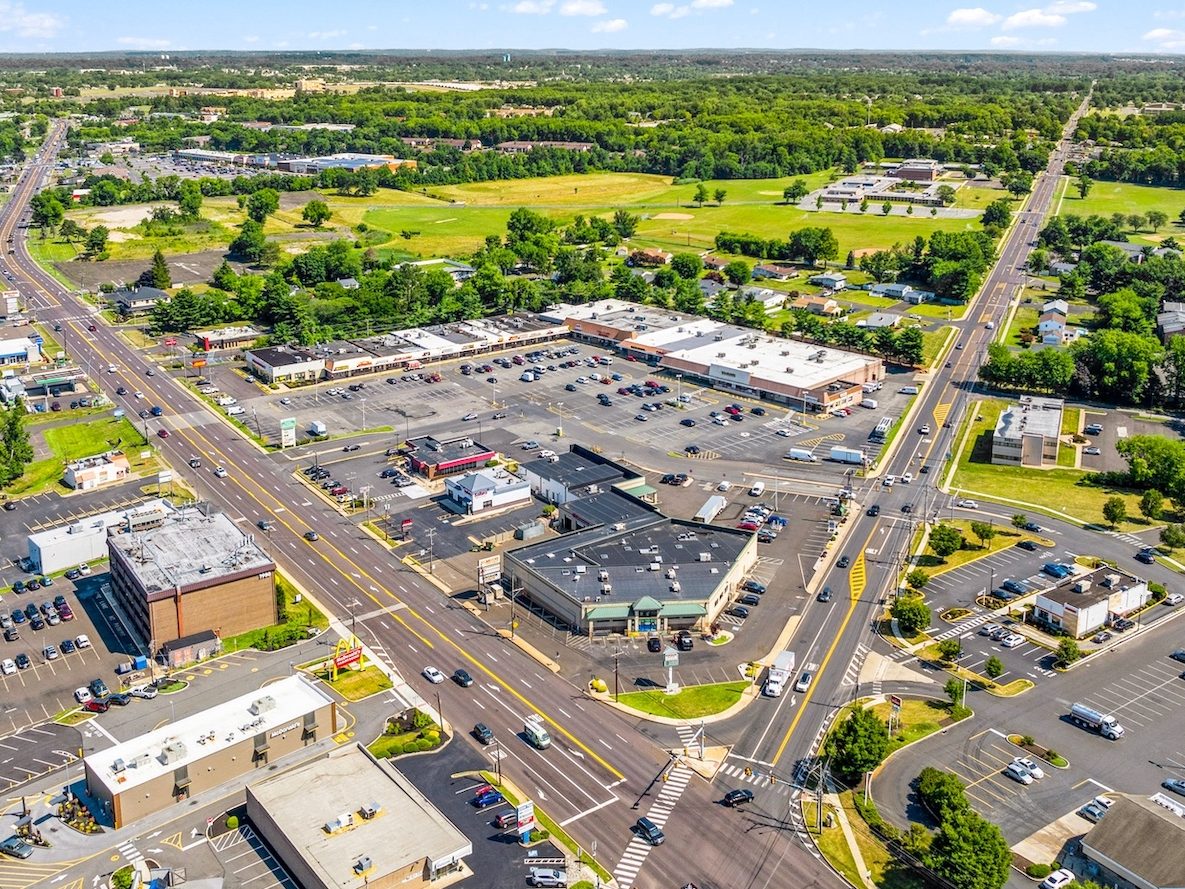
You must be logged in to post a comment.